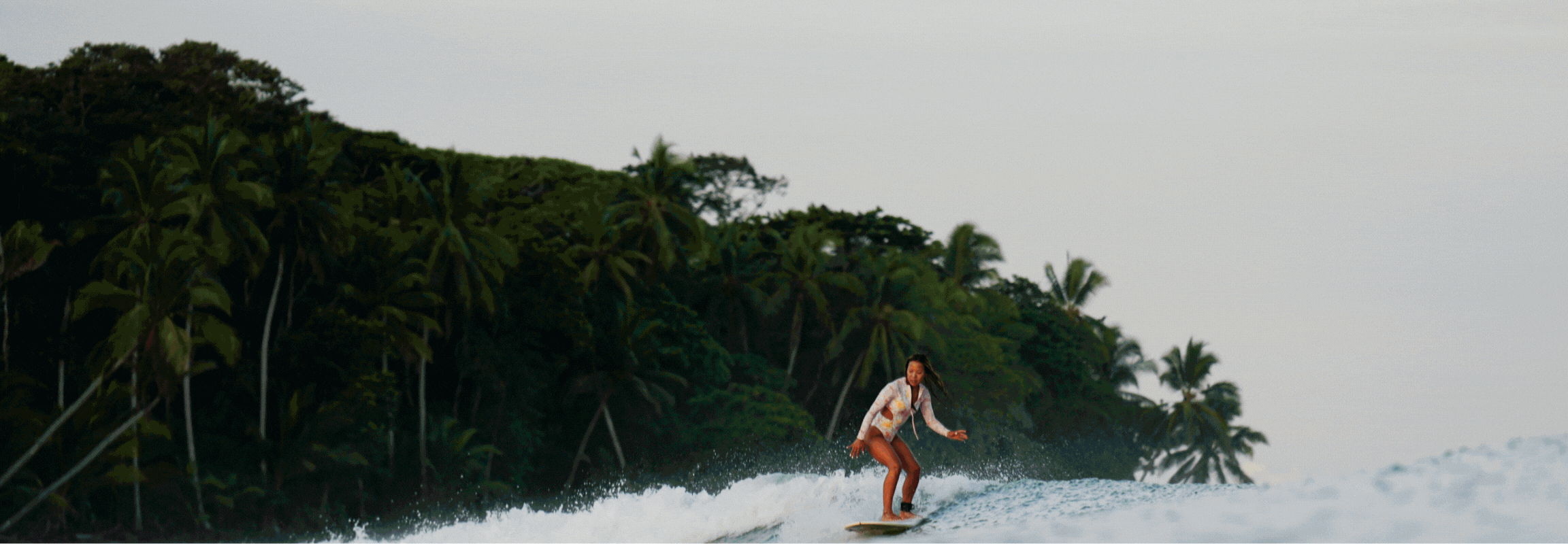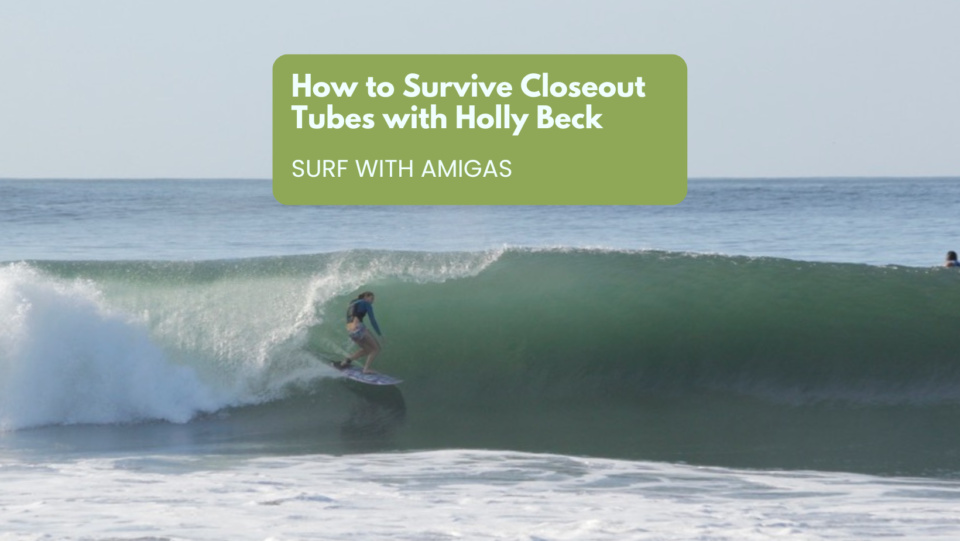How to Survive Closeout Tubes
I posted this video to my Instagram account and received many questions. “Why?” “How did you survive that?” “Was your board in one piece afterwards?”
The most common question was, “how did you fall in order to not get hurt?” Well… let me explain.
I grew up in Los Angeles’ South Bay, an area with plenty of surf, but unfortunately mostly beach breaks without a lot of shape.
The waves in that area break close to shore, get hollow, form plenty of tubes, but it’s rare to make it out of the tube. As a teenager, I developed a love for the vision you get from standing inside of a hollow wave, regardless of whether the wave let me out still standing. I got used to the crunchings that inevitably followed sending course sand deep inside my wetsuit, scalp and ears. I learned to survive closeout tubes and actually really enjoy them. Any pain that resulted was all worth that blissful momentary vision.
Since then, I’ve moved to a much more shapely Central American beach break near SWA retreats in Nicaragua where coming out of the tube is a whole lot more common. But, I still haven’t lost my love for a good crunching close out. Sometimes, if I know there’s no chance of making the wave, I actually feel more relaxed. I can just stand there and enjoy the view. This day there were a lot of good waves, but also a lot of really excited local kids scrambling to take every one. I got a little annoyed and paddled further south, deeper than anyone, to wait for my good one. This big lump came in, I saw it doubling up, knew there was little chance of making it, but felt like I needed to prove my point so the kids would back off. Plus…. I really wanted that view!
If you’re going to go for closeouts, or even are just trying to learn how to get tubed, knowing how to fall definitely helps.
First let me say, the safest place is inside the tube. If you takeoff on a bigger hollow wave, and decide to straighten out towards shore (instead of pulling in), there’s a good chance the lip will land on your head, on the back of board, etc. The power from the lip landing on you as it falls is something you want to avoid. Alternatively, if you take off and try to pull out through the face, the wave will likely suck you up and “over the falls” which again can be more dangerous.
The key to falling as safely as possible is to jump off from inside the tube.
If it’s a small wave, I typically won’t jump off at all, but just ride as long as possible and let it knock me off as it will. If it’s a bigger one however, I will jump. There are two options:
1. Kick the board out in front of you and kinda just sit back, falling off behind the board. In theory I think this is a good idea, but in practice it’s not what I typically do.
2. Jump forward. Usually most of my momentum is going forward, hoping to make the tube, so I find my body wants to go forward as well. Therefore, I usually jump off forward and slightly to the falling lip side of my board, trying to fall as flat as possible (to not have an elbow or leg sticking out that will slam into the shallow bottom). Imagine diving forward into a body surf position. Typically I’ll do a little twist as I dive so that I land more on my back. That way if you do bounce off the bottom, it’s your shoulder or back that hits, instead of your face/elbow. That’s what I remember doing on this wave and while I did bounce off the shallow sandbar on my back, I wasn’t hurt. My board was miraculously also in one piece and I happily paddled out for more!
If you want to get coached to surf hollow waves, join me on one of our advanced tube riding retreats. More info here.
To see the best waves (including plenty I came out of) from the swell, click Play below.


